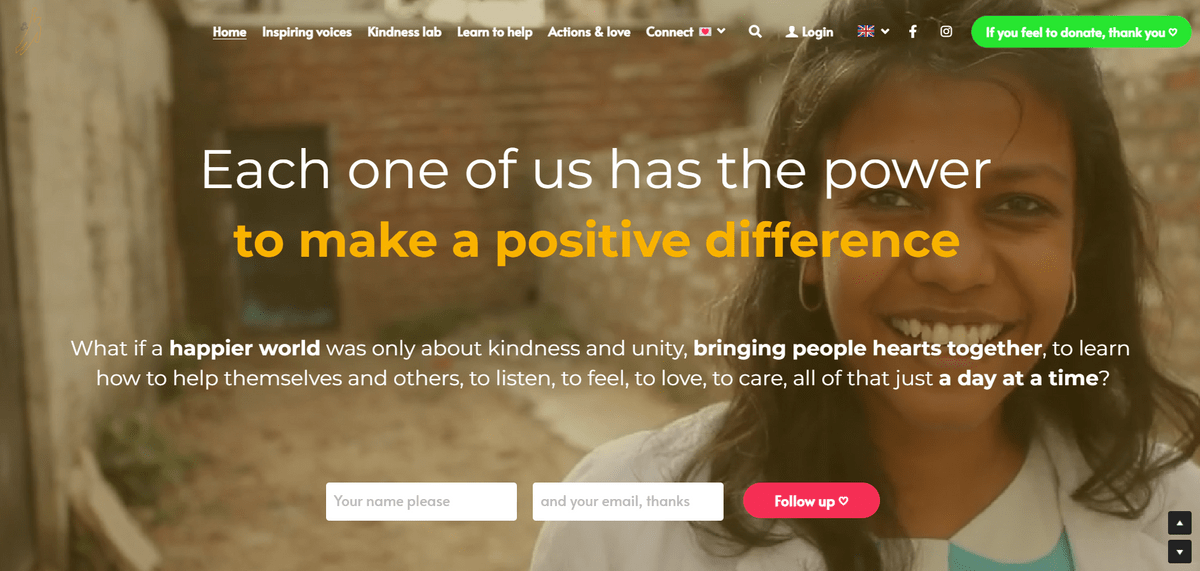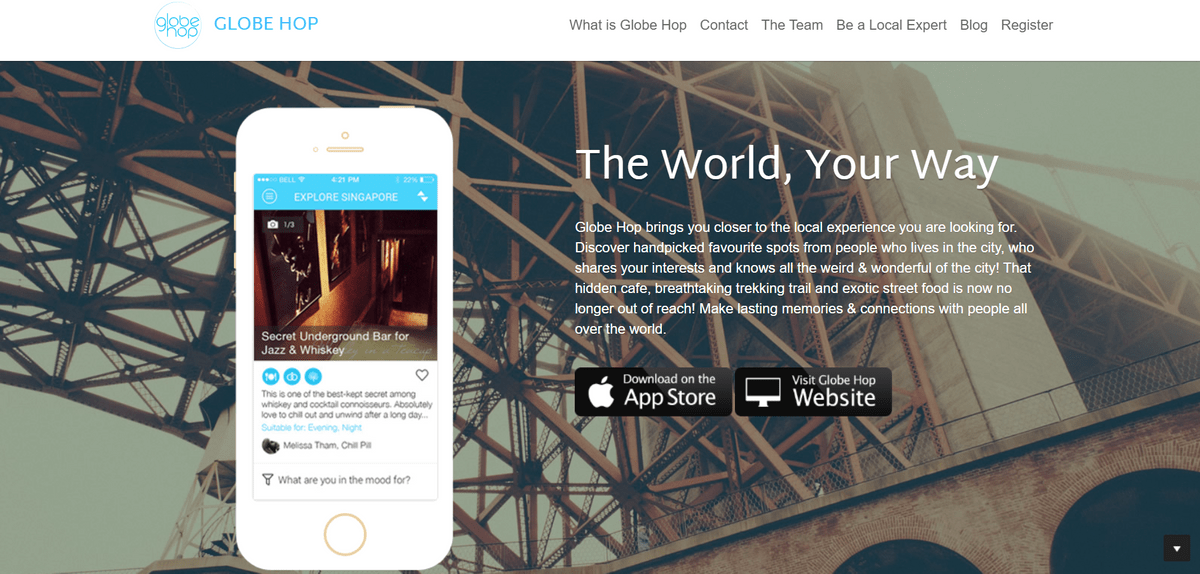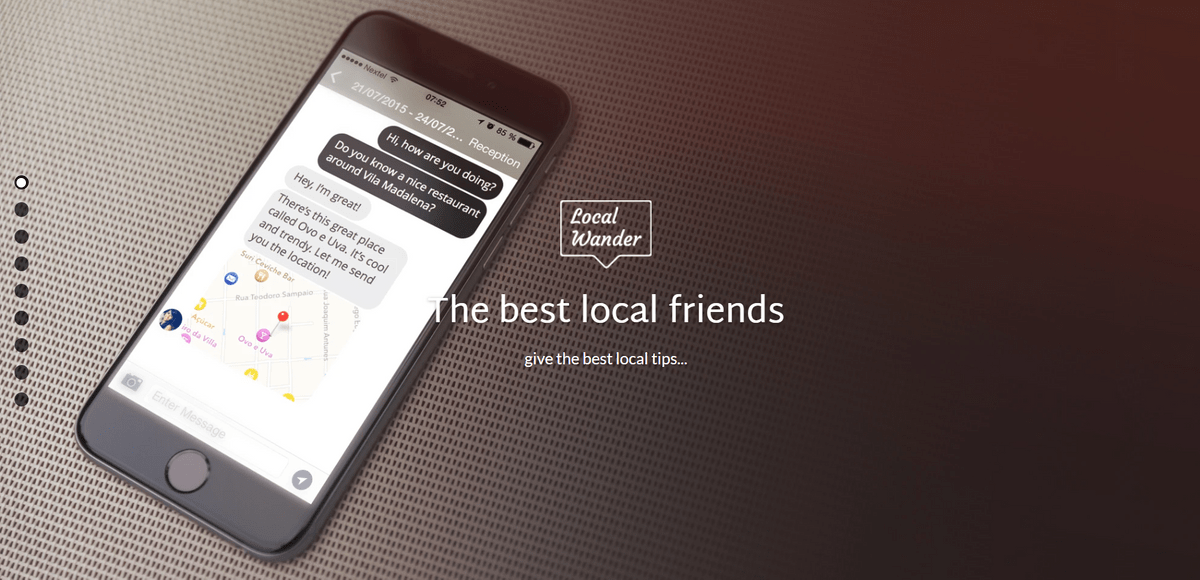Earn Your Audience's Hearts With These Striking Ways To Communicate With Customers
Earn Your Audience's Hearts With These Striking Ways To Communicate With Customers

Effective customer communication is crucial for businesses to thrive in today's competitive market. By building strong connections through communication, companies can enhance customer satisfaction and loyalty. This article will explore the importance of effective communication with customers, discuss ways to make strong connections and highlight tips for effective communication with customers.
The Importance of Effective Communication with Customers
Learning how to communicate with customers is essential for several reasons. Firstly, it allows businesses to understand their customers' needs and expectations. Companies can tailor their products or services by actively listening to their feedback and concerns.
Mastering how to communicate with customers helps in establishing trust and credibility. When businesses communicate openly and transparently, customers feel valued and are more likely to develop a sense of loyalty towards the brand.
Effective customer communication leads to increased customer satisfaction. When customers feel heard and understood, they are more likely to have positive experiences with the company, resulting in repeat business and positive word-of-mouth recommendations.
Building Strong Connections Through Communication
Building strong connections with customers is essential for long-term success. Effective communication with customers plays a significant role in fostering these connections by creating meaningful interactions.
Businesses can show genuine interest in their customers' needs by understanding the right ways to communicate with customers. This helps establish rapport and builds trust between the two parties.
Moreover, personalizing communication strategies based on individual preferences strengthens connections further. Understanding how customers prefer to communicate (e.g., via email, phone calls, or social media) allows businesses to tailor their approach accordingly.
Enhancing Customer Satisfaction through Effective Communication With Customers
Effective communication with customers directly impacts customer satisfaction levels. By providing clear information about products or services and promptly addressing any concerns or inquiries raised by customers, businesses can ensure a positive experience.
Furthermore, effective communication with customers enables companies to proactively update customers about any changes or improvements that may impact them positively. This proactive approach demonstrates a commitment to customer satisfaction and fosters loyalty.
Overall, effective communication with customers is a vital component of successful business operations. Businesses can thrive in today's competitive landscape by understanding the importance of effective communication with customers, building strong connections, and enhancing customer satisfaction.
Understanding Your Customers' Communication Preferences
Image taken from We Are Superheroes
To effectively communicate with customers, it is crucial to understand their communication preferences. You can ensure a more personalized and satisfying customer experience by tailoring your communication strategies to fit their needs.
1. Utilizing Customer Surveys to Gather Feedback
Customer surveys are effective ways to communicate with customers and gather insights into your customers' communication preferences. By asking targeted questions about their preferred communication channels, frequency of contact, and preferred tone of communication, you can gain valuable feedback that will help shape your approach.
Customer surveys allow customers to express their preferences openly and honestly. This feedback can guide you in determining the most effective methods of communication for different segments of your customer base. For example, some customers prefer email updates, while others prefer phone calls or live chat support.
2. Analyzing Customer Interactions and Communication Channels
Another way to communicate with customers is by exploring their interactions with your business across various channels. This includes monitoring customer inquiries and feedback received via email, social media platforms, live chat support, or phone calls.
By closely examining these interactions, you can identify patterns in the types of inquiries or concerns raised by customers on different channels. This information can help you understand which channels your customers most commonly use and which they find most convenient for communicating with your business.
3. Personalizing Communication Strategies to Fit Customers' Preferences
Once you have gathered feedback through customer surveys and analyzed their interactions across different channels, it is essential to personalize your communication strategies accordingly.
Tailoring your approach involves adapting the tone, format, and frequency of communication based on individual customer preferences. For example, if a customer prefers concise emails with bullet points summarizing important information rather than lengthy paragraphs, try accommodating that preference.
A CRM system like Strikingly can also help streamline and automate personalized communication. By storing customer preferences and past interactions, you can provide a more customized experience for each customer, enhancing their satisfaction and loyalty.
Understanding your customers' communication preferences is essential for effective customer communication. You can ensure that your customers feel heard and valued by utilizing surveys, analyzing interactions, and personalizing your strategies.
Leveraging Technology for Effective Customer Communication
Image taken from Hollabox
Leveraging technology is crucial for effective customer communication. Businesses can streamline their communication processes and enhance customer engagement by utilizing various tools and platforms. This section will explore three key strategies: using CRM systems, implementing live chat support, and embracing social media platforms.
1. Utilizing CRM Systems to Streamline Communication
Another effective ways to communicate with customers is by utilizing Customer Relationship Management (CRM) systems. These systems give businesses a centralized platform to manage customer interactions and data. Companies can track customer preferences, purchase history, and communication history using a CRM system in one place.
CRM systems also enable businesses to automate communication processes, such as sending personalized emails or notifications. This saves time and ensures that customers receive relevant information promptly. By leveraging CRM systems, businesses can streamline their communication efforts and provide a more personalized experience for their customers.
2. Implementing Live Chat Support for Real-Time Interactions
Effective ways to communicate with customers include live chat support. Live chat allows businesses to engage with customers in real-time, providing immediate assistance and resolving any queries or concerns they may have.
By implementing live chat support on their websites or mobile apps, businesses can communicate with customers and offer instant customer support without needing phone calls or emails. This real-time interaction helps build trust and enhances customer satisfaction.
Live chat support also allows businesses to communicate with customers and gather valuable customer feedback during their interactions. This feedback can improve products or services and tailor future communications accordingly.
3. Embracing Social Media Platforms for Enhanced Customer Engagement
Social media platforms have become powerful tools for businesses to communicate with customers. Businesses can leverage platforms like Facebook, Twitter, Instagram, and LinkedIn to engage with their audience personally.
Social media allows businesses to communicate with customers, share updates about new products or services, respond to customer inquiries or complaints, and even run promotional campaigns. Social media platforms enable companies to showcase their brand personality and connect with customers more informally.
Businesses can build stronger relationships and foster community by engaging with customers on social media. This not only enhances customer engagement but also increases brand loyalty.
The Power of Clear and Concise Communication
Image taken from Cinepool
It is crucial to utilize clear and concise communication strategies to communicate with customers effectively. This not only helps in conveying information efficiently but also ensures that customers understand the message being conveyed. Here are some practical ways to communicate with customers:
1. Crafting Compelling and Engaging Website Content
When it comes to online communication, your website serves as the face of your business. Crafting compelling and engaging website content that captures your customers' attention is essential. Use concise and straightforward language to convey your brand's message. Incorporate relevant keywords strategically throughout your content to improve search engine visibility.
Your website is not just a mere representation of your business but a powerful tool that can help you communicate with customers. Therefore, it is crucial to go beyond crafting compelling content and create a seamless user experience. Ensure your website is visually appealing, easy to navigate, and optimized for mobile devices. Providing a user-friendly interface and captivating content will leave a lasting impression on your customers and keep them returning for more.
2. Writing Effective Emails that Grab Attention
Email communication plays a significant role in customer interaction. Writing messages that grab attention from the start is essential to ensure effective email communication. Begin with a strong subject line that conveys the purpose of the email. Keep the content concise, focusing on the main points while providing all necessary details. Use a friendly yet professional tone to establish a connection with your customers.
In addition to writing attention-grabbing subject lines and concise content, it is crucial to personalize your emails to enhance customer interaction. Addressing your customers by name and acknowledging any previous interactions or purchases can make them feel valued and appreciated. Furthermore, using a conversational tone and incorporating humor when appropriate can help establish a friendly rapport with your customers, making them more likely to engage with your emails and ultimately strengthen the customer-business relationship.
3. Developing Professional and Personable Phone Etiquette
Phone conversations provide direct customer interaction, making it crucial to develop professional and personable phone etiquette. Start by answering calls promptly and courteously, introducing yourself and your company. Listen actively to customer inquiries or concerns, allowing them ample time to express themselves fully before responding thoughtfully and empathetically.
Remember, clear and concise communication is vital when interacting with customers through various channels such as websites, emails, or phone conversations. You can enhance customer satisfaction while building solid connections by crafting compelling website content, writing effective emails, and developing professional phone etiquette.
Active Listening: Key to Effective Customer Communication
Image taken from GlobeHop
Active listening is a crucial skill when it comes to effective customer communication. By genuinely listening to your customers, you can communicate with customers and better understand their needs and provide them with the solutions they seek.
1. Engaging in Active Listening Techniques
Engaging in active listening involves more than just hearing what your customers say. It requires giving them your full attention and showing genuine interest in their concerns. This means maintaining eye contact, nodding, or using other non-verbal cues to show you are actively engaged in the conversation.
One effective technique to communicate with customers is paraphrasing or summarizing the customer's words to ensure you understand their message correctly. This demonstrates that you are actively listening and allows the customer to clarify any points if necessary.
2. Responding Promptly and Appropriately to Customer Inquiries
Prompt and appropriate responses are essential for effective customer communication. Customers must respond promptly When they reach out with an inquiry or concern. This shows that you value their time and are committed to addressing their needs promptly.
In addition, responding appropriately to communicate with customers means providing clear and concise answers that directly address the customer's question or concern. Avoid using jargon or technical terms that may confuse the customer further. Instead, use simple language and provide step-by-step instructions if needed.
3. Addressing Customer Concerns with Empathy and Understanding
Addressing customer concerns with empathy and understanding is vital to communicating with customers and easily build strong customer relationships. Put yourself in their shoes and acknowledge their feelings or frustrations.
Demonstrating empathy shows customers that you genuinely care about their experience and are committed to finding a solution that meets their needs. Use phrases like I understand how frustrating this must be for you or I apologize for any inconvenience this has caused to show empathy towards their situation.
Remember, effective communication with customers is a two-way street. It involves conveying information, actively listening, and responding to your customer's needs. You can enhance your customer communication skills and build stronger connections by engaging in active listening techniques, responding promptly and appropriately, and addressing customer concerns with empathy and understanding.
Building Trust and Loyalty through Effective Communication With Customers
Image taken from Zizzle
1. Maintaining Transparency in Communication
Transparency is a crucial element in building trust and loyalty with customers. Being open and honest in your communication establishes trust that can lead to long-lasting relationships. Strikingly, a famous website builder understands the importance of transparency by providing clear pricing information, terms of service, and privacy policies on their platform. This level of transparency reassures customers that their interests are valued and protected.
In addition to building trust and loyalty, transparency is crucial in attracting new customers. When potential clients see that a company is open and honest about its pricing, policies, and practices, it instills confidence in their decision-making process. Strikingly's commitment to transparency sets them apart from competitors, as customers feel reassured that they are making an informed choice when using their website builder platform. By prioritizing transparency, Strikingly fosters trust with existing customers and attracts new ones who appreciate their upfront and honest approach.
2. Providing Regular Updates and Progress Reports
Regular updates and progress reports are essential for effective customer communication. By keeping customers informed about the status of their projects or orders, you demonstrate your commitment to their satisfaction. Strikingly excels in this aspect by sending regular updates on website development progress, allowing customers to stay engaged throughout the process. This proactive approach keeps customers informed and fosters a sense of involvement and satisfaction.
Furthermore, Strikingly's commitment to effective customer communication extends beyond regular updates. Their team goes above and beyond by providing personalized progress reports tailored to each customer's preferences. Whether through email, phone calls, or video conferences, Strikingly ensures that customers are kept in the loop at every step. This level of attention and customization sets them apart from their competitors and reinforces their dedication to delivering exceptional customer satisfaction.
3. Handling Customer Complaints and Dissatisfaction Professionally
No matter how well you communicate with customers, there may be instances where complaints or dissatisfaction arise. How you handle these situations can significantly impact customer loyalty. Strikingly handles customer complaints professionally by promptly addressing concerns, actively listening to feedback, and offering appropriate solutions or compensation when necessary. This professionalism not only resolves issues but also instills confidence in customers that their concerns are taken seriously.
Building trust and loyalty through effective communication with customers is vital for any business's success. Maintaining transparency, providing regular updates, and handling complaints professionally are critical components in fostering strong customer relationships. Strikingly exemplifies these principles by prioritizing transparent practices, offering regular progress updates, and addressing customer concerns professionally. Following these tips for effective communication with customers, businesses can enhance customer satisfaction and loyalty in a competitive marketplace.
Create a Website That Connect You to Your Users With Us!
Image taken from Local Wander
Effective customer communication is crucial for building strong relationships, enhancing satisfaction, and fostering loyalty. By understanding your customers' communication preferences, leveraging technology, practicing clear and concise communication, actively listening to their needs, and continuously improving your strategies, you can strengthen customer relationships and achieve business success.
You can establish trust and build lasting relationships by prioritizing effective communication with customers. When you communicate clearly and consistently, customers feel valued and understood. This leads to increased customer loyalty and advocacy for your brand.
To excel in customer communication, going above and beyond expectations is essential. Strive to exceed customer needs by anticipating their concerns or questions before they arise. Personalize your interactions to make customers feel special and appreciated. Going the extra mile can create memorable experiences that leave a lasting impression.
Customer communication is not a one-time effort but an ongoing process of improvement. Regularly evaluate your strategies by analyzing feedback from surveys or monitoring customer interactions. Stay updated on industry trends and incorporate new technologies like Strikingly into your communication channels to enhance customer engagement. Chat with us today!






